The famous gantries that controlled trains for more than a century at Barnetby were demolished over the Christmas period, as Network Rail carried out a £100 million upgrade in the greater Lincolnshire area.
Both passenger and freight operators will benefit from the upgrade, which took place during a 17-day blockade (buses replaced trains during the closure).
New colour signals were installed ahead of the railway re-opening on January 11, and the first train to operate on that day was East Midlands Trains’ 0549 Cleethorpes to Newark North Gate.
While the signals were demolished, work was also carried out around the Port of Immingham to boost freight access. This is vital because a quarter of all rail freight enters the country here, and the £100m scheme has brought with it a capacity boost with more reliable infrastructure.
Rob McIntosh is the Route Managing Director for NR in the region. “This huge upgrade has seen us replace 100-year-old equipment with the most up-to-date signalling technology,” he said.
“This is the biggest railway upgrade in the region for decades, and one which will benefit both passengers and industry alike. I am delighted that the work has been completed on time and on budget.”
Mike Sellers, ABP Port Manager Grimsby & Immingham, said: “These much-needed upgrades will ensure our customers and all port users enjoy an improved level of service. The Port of Immingham currently handles one quarter of all UK rail freight, and is a critical link in the UK supply chain.”
Lord Haskins, Chairman of the Humber Local Enterprise Partnership, said: “We are pleased to support this important investment through our Growth Deal. The Humber ports are a critical part of national infrastructure and a key component of the Northern Powerhouse. These improvements will support their future growth and provide better infrastructure for passengers and freight users for years to come.”
The Port of Immingham handles up to 55 million tonnes of freight per year, including 20 million tonnes of oil and 10 million tonnes of coal. For five days it was closed to container ships, and for the first five days of the scheme no freight served the port. Usually 260 freight trains per week run to and from the Port.
All told 13 signal boxes have closed, with 97 new VMS Lightweight signals installed. The boxes controlled 60 miles of railway in north Lincolnshire, and the new signals will control the same area.
The semaphore signals that were removed by Network Rail have mostly been scrapped via the company’s National Supply Chain (NSC). Some were recovered for sale through NSC, and others were recovered for strategic spares.
As for the signal boxes, those at Ulceby and Pasture Street were demolished, while the rest will be boarded up and secured. Listed boxes at Appleby, Elsham, Wrawby Junction and Brocklesby Junction will survive, but the remaining nine are doomed and will be demolished (a date has not yet been set).
The project was not just about the boxes, however. Sixteen level crossings have been converted to mainly MCB-OD operation, while 13 signal boxes are now controlled from the new Rail Operating Centre (ROC) at York.
As well as the 97 new signals, NR installed 241 axle counters, 181 equipment housings, 246 hollow sleepers, 85 Automatic Warning System (AWS) magnets and 35 Train Protection Warning System (TPWS) loops.
NR also installed 540 kilometres (335 miles) of new cabling and 40km of buried cable, while four Fixed Telecommunication Network nodes were installed and a further ten were ‘uplifted’. Twenty-five Under Track Crossings (UTX) were installed to carry cables under the railway.
Additionally 31 points were converted from mechanical to electrical, while a further 20 point machines were renewed and two were plain lined (meaning that there is no longer a point there).
Two bridges - at Station Road, Blyton and Cleatham Road, Kirton Lindsey - were deemed ‘life-expired’ and replaced. NR also assisted Highways England in building a new road bridge under the railway, as part of a separate scheme to improve access on the A160/A180 road. At the same time, NR carried out structural inspections of bridges, signals, stations and track to check if work was needed, to make sure future disruption would be minimal.
Finally, the platform at New South Holland station was replaced.
- This feature was published in RAIL 793 on February 3 2016

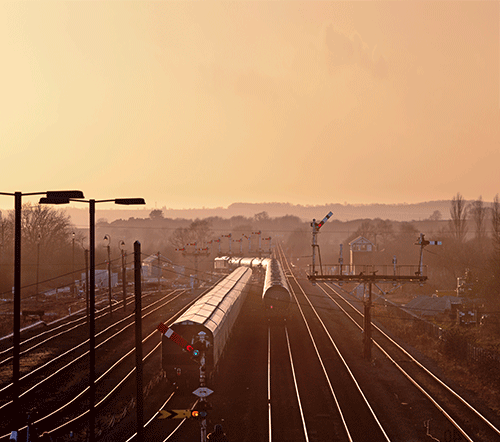
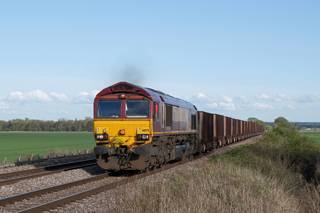
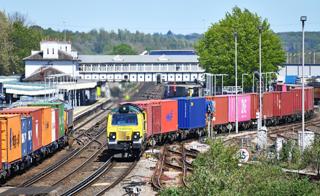
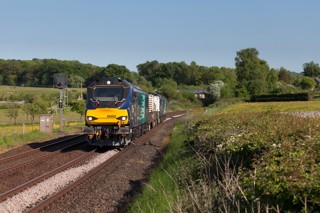
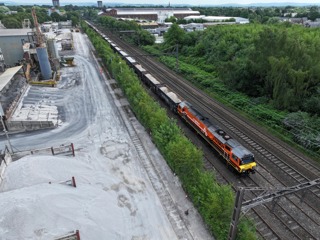










Login to comment
Comments
No comments have been made yet.